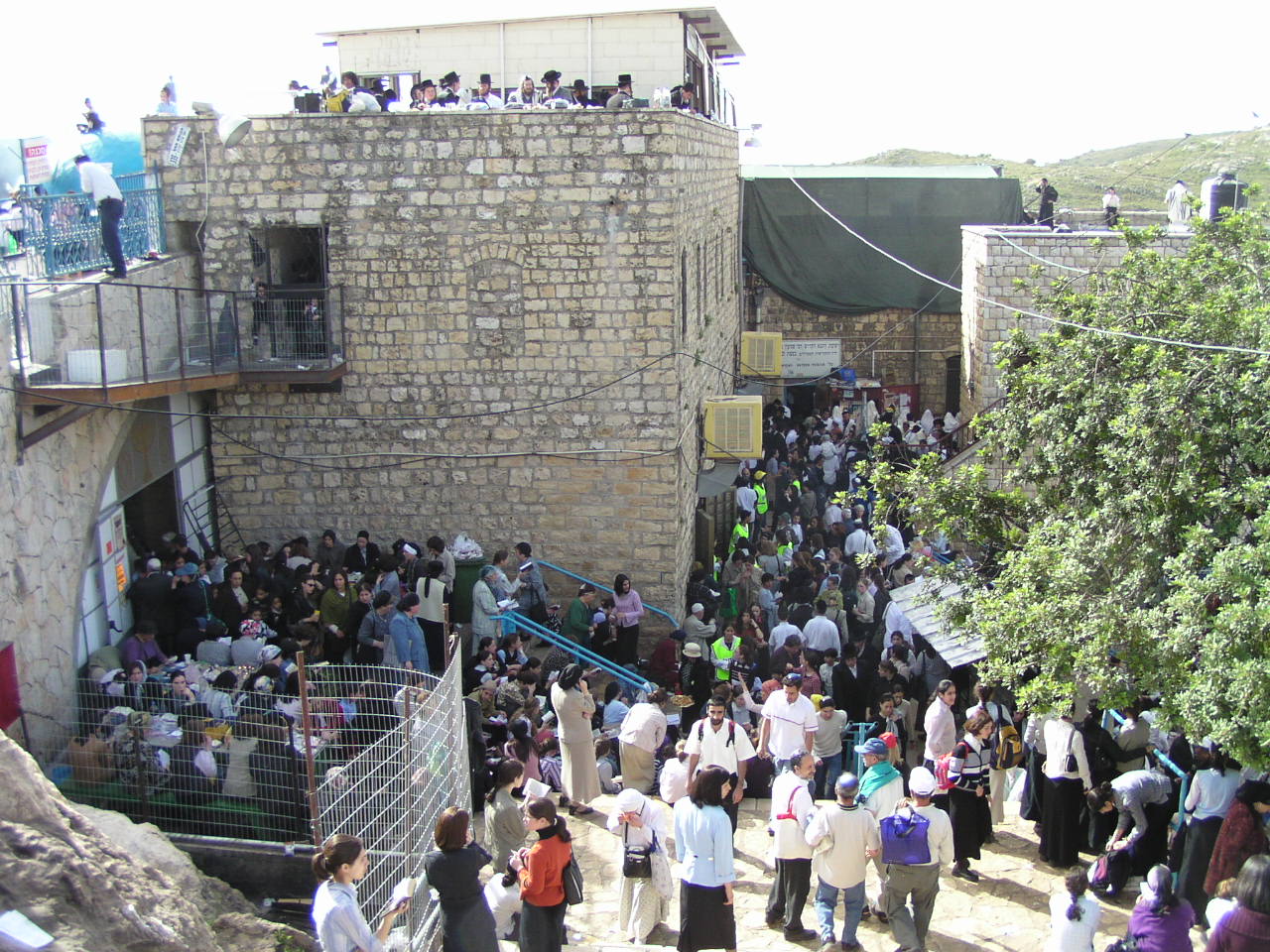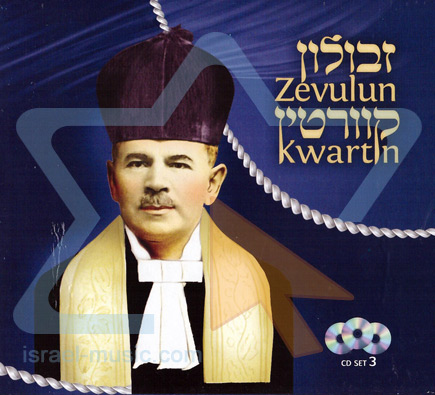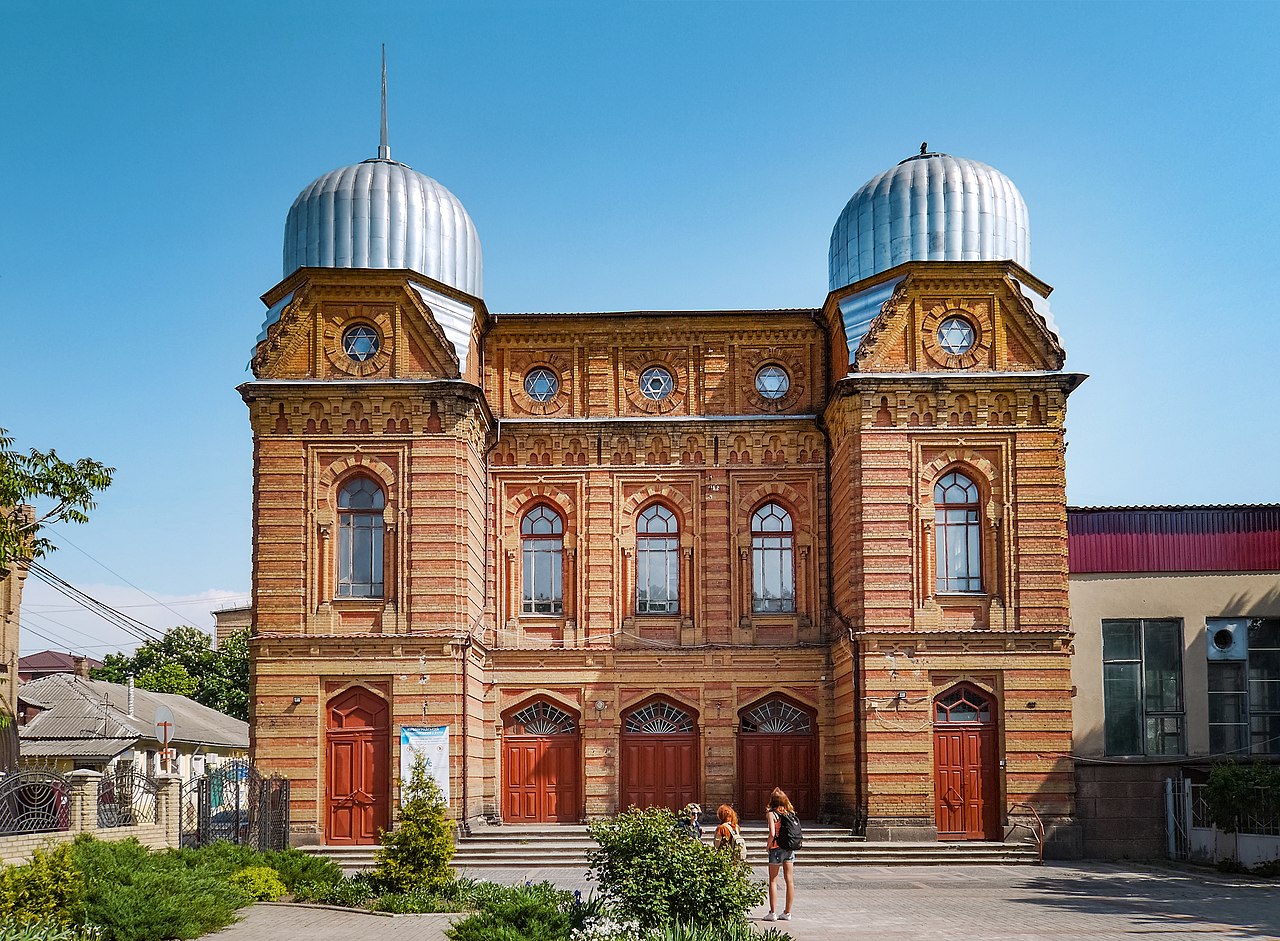30th Abril 2021 – Shabbat is almost here
And today we’ll listen to Cantor Zavel Kwartin, chazan born in Russia in 1874, who spent his life in Eretz Israel and the USA and died in 1952
Hello, how are you? I have removed my smiling portrait fot today’s edition. I was thinking to make this edition about a new album that has been published very recently, a very interesting one, both in the sense of the music and the concept and history that articulate it. That will be next week.
Why did I change my mind? Because this morning I learnt about the tragedy in Mount Meron in an email from Ladinokomunita. The news were in the Spanish newspapers soon after that. You are probably aware of what I am talking about, but in case you are not, here you have the news in English. It is a terrible tragedy that took place in a moment of celebration. Nothing can now be done for those who have lost their lives, but I hope that something will be learned to prevent such a thing from happening again.
I’ve learnt from Chabad.org that the piece we are going to listen to today, Ribono shel olom, is “one of the very oldest Chabad melodies. It is sung by the chassidim at their gatherings, in moments of deep soul-searching.” It speaks about the Torah as well, a central theme of the Lag B’Omer holiday, which was being celebrated on Mount Meron, where the tomb of the Rabbi Shimon Bar Yochai is. Read more about this festival below. And enjoy the spirit of reflection to which this music summons us.
Share the joy of music and learning with your beloved ones. Share MBS. Thank you in advance.
| Share this with a friend, right from here |
About Lag B’Omer
This picture is of public domain, done by Jonathan Stein, and I got it from here.

Chabad.org has a very nice article about this festival and I will get some pieces:
“Rabbi Shimon bar Yochai, who lived in the second century of the Common Era, was the first to publicly teach the mystical dimension of the Torah known as the Kabbalah, and is the author of the classic text of Kabbalah, the Zohar. On the day of his passing, Rabbi Shimon instructed his disciples to mark the date as “the day of my joy.” The chassidic masters explain that the final day of a righteous person’s earthly life marks the point at which all their deeds, teachings and work achieve their culminating perfection and the zenith of their impact upon our lives.”
And the story of the end of the plague was before. Rabbi Akiva was the teacher of Yochai. He was thought to have thousands of disciples, and “in the second century C.E., about 50 years after the destruction of the Temple in Jerusalem, 24,000 disciples died in a plague over a period of 33 days between Passover and Shavuos”. This phrase is from Torchweb.org, that made me I understand the deep meaning of all this. It continues with this:
“The 24,000 disciples died horrible deaths in short order because they didn’t show proper respect to each other. It is difficult to understand why the students were punished so severely for such a relatively minor sin. It’s not like they were shoving blind men in front of speeding trains or something horrible like that!
The truth is that the national mourning during this time of year (and the reason why we have to put up with these itchy beards) is not just about the loss of life – although that’s tragic enough – it’s about the loss of Torah and its transmission to the Jewish people as a Divine communication of G-d’s will.” It continues and it is brilliantly written no matter if you are religious or not.
About the chazan, Cantor Zavel Kwartin
 This picture is the cover of an album by Zevulun, or Zavel, Kwartin, available to buy in Israel-music.com ?I don’t take any commission but since I’m using their photo, I credit them.
This picture is the cover of an album by Zevulun, or Zavel, Kwartin, available to buy in Israel-music.com ?I don’t take any commission but since I’m using their photo, I credit them.So, according to Rabbi Geofrey Shisler,
“Kwartin was born on 25th March 1874 in Chonorod, Elisabetgrad, Russia, to a wealthy Chassidic textile merchant.”
Chonorod, or Kirovohrad, is now in Ukraine. How was Chonorod at the time of his birth? According to Jewish Virtual Library:
“The Jewish population of Kirovograd increased rapidly during the 19th century as a result of the settlement of the New Russia provinces by Jewish emigrants from the northern provinces of the Pale of Settlement. In 1861 there were 8,073 Jews in the city, while in 1897 their numbers had increased to 23,967 (39% of the total population). In 1879 there were 120 large-scale Jewish merchants among 160 […] Severe riots broke out in Kirovograd on April 15–17, 1881, marking the beginning of the spate of pogroms which struck the Jews of southern Russia during the 1880s. The damage from robbery and destruction of shops and houses was estimated at 1.9 million rubles.”
What about the XX century in Kirovohrad?
“On September 30, 1941, all Jews were gathered together, taken to anti-tank ditches about 3 km. from town, and murdered there. Anyone hiding who was caught was executed in prison. Only about ten Jews survived. In 1970 the Jewish population was estimated at about 10,000. The synagogue was closed by the authorities in 1957 but returned to the community in 1991 as Jewish life revived despite large-scale emigration.”
This ? is the beautiful Great Choral Synagogue in Kirovohrad.
The picture is creative commons, by Posterrr user in wikipedia.

Read a more extended bio here. As a summary, Kwartin’s first public concert was in 1896. In 1897 he sang in Lodz and many other places in Europe, getting big success. In 1903 he was appointed Obercantor in Vienna. He was very well paid. And in 1914 he was invited to perform in America for 30 concerts, for 30 thousand dolars. Can you imagine what was that amount in 1914? It was a lot of money. Later, he stayed in the USA and has hired as chazan and continued giving concerts. He made numerous recordings. The rest of his life he lived in Eretz Israel for some years and his last 15 years he spent them in the USA.
About the recording
According to the Discography of American Historical Recordings, Kwartin recorded Ribono shel olom in Camden, New Jersey, for the label Victor, on several occasions.
The organist was a personality himself: Solomon G. Braslavsky, who played also for other two cantors that have appeared in MBS, that are Pierre Pinchik and Josef Rosenblatt. He also played for other cantors, like Leib Glanz, Samuel Vigoda, Benjamin Levite, Samuel Malavsky, Abraham Hyman or David Lind. Braslavsky was born in Russian, trained in Vienna and settled in Boston. In the biography of Leonard Bernstein written by Humphrey Burton there is a very nice mention about him:
“He was a composer himself, but the music performed was mostly that of classical composers such as Schubert, Mendelssohn and Verdi, to which Braslavsky fitted appropriate Hebrew texts. Braslavsky also created a festive arrangement of the hymn “Adon Olom” (“Lord of the World”), which was sung on important Jewish occasions such as the Day of Atonement. According to Bernstein, it was of a complexity “not to be believed. Each stanza was a setting with organ interlude and great introductions. The basses would enter alone and then the sopranos—this is when I discovered that there was such a thing as counterpoint: great obbligatos floating from on high. ‘Arrangement’ is too small a word. It was a great composition. I knew every note of it because I heard it every year: it was like an opera.”
? Do you want to learn more about Kwartin’s recordings? Check this website of the Recorded Sounds Archive by the Florida Atlantic University.
| Share this with a friend, right from here |
Shabbat Shalom.
Araceli Tzigane | Mapamundi Música
